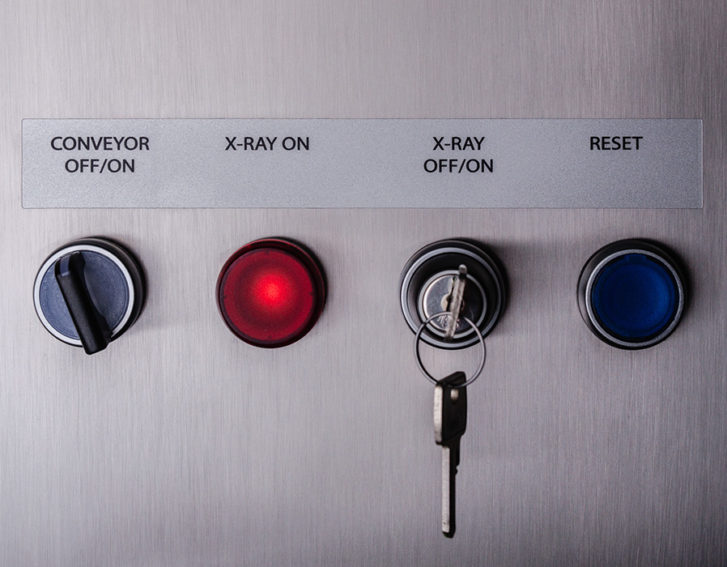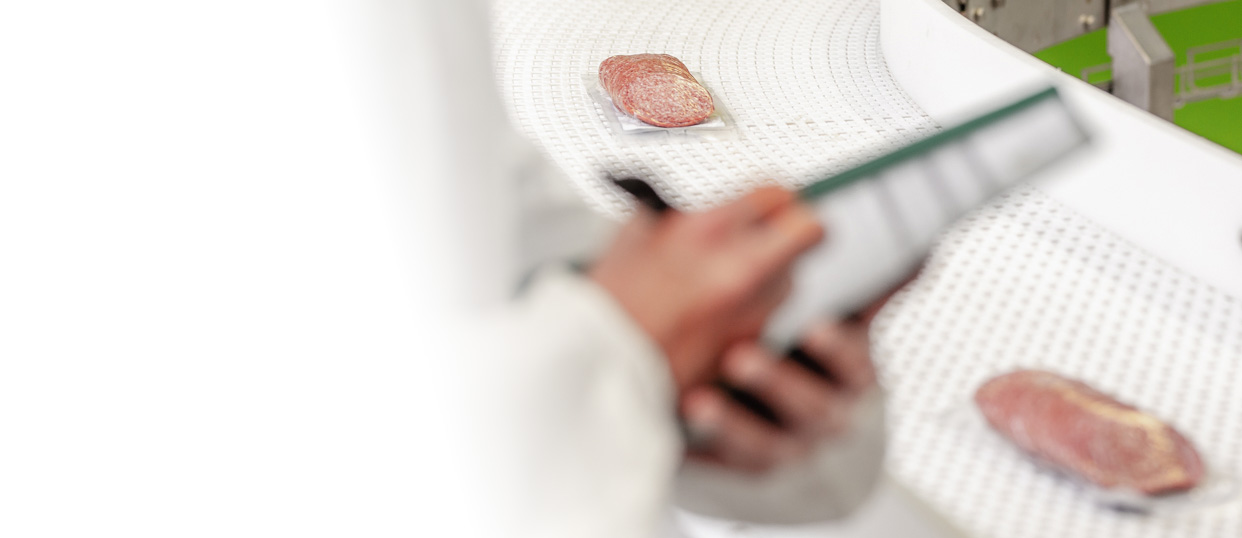
German premium snack producer doubles
Quality inspection
With X-ray technology
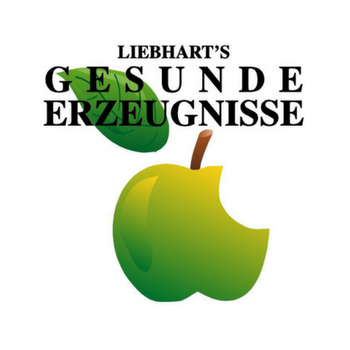
The Liebhart’s group specializes in dried fruit-bars, fruit slices, organic chocolate and chocolate fruits. The group’s history began in the 1980s, when the brothers Manfred and Rolf Liebhart founded the VITANA Gesunde Ernährung GmbH, and acquired their former employer Dr. Balke GmbH.
The motivation of the founders was, and remains, to offer natural and premium quality products to consumers. Dried fruit-bars, fruit slices, organic chocolate and chocolate fruits are sold under the brands of VITANA, Dr. Balke, Liebhart’s Gesundkost and Sanbeam mainly to specialty stores. The business of the group also partly consists of private label manufacturing, although the main focus lies in Liebhart’s own brands.
Importance of quality inspection
For Liebhart’s, quality has the highest priority throughout the supply chain and manufacturing process of the selected raw materials. Within the group Liebhart, Gesunde Erzeugnisse GmbH is the sourcing and manufacturing company, which is also responsible for the quality of the premium products. “Product safety, consumer protection, and socially responsible sourcing. Those are the values that are driving Liebhart’s philosophy and quality awareness.”, says the Head of Quality, Matthias Löneke.
The company accomplished its high level of product safety through a supply chain consisting of a wide and structured quality process. Raw material suppliers are carefully selected, emphasizing issues like treatment of workers in the countries of origin.
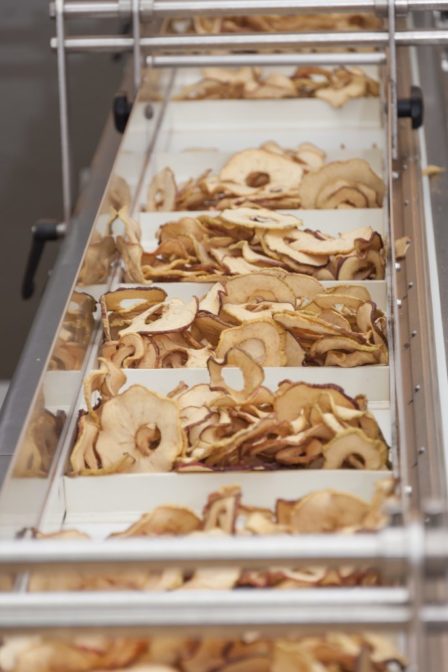

A particular emphasis is laid on the minimization and prevention of physical contaminants (foreign objects) in the raw materials and finished products. Foreign object inspection is practiced throughout the chain, first by the suppliers and a second time by Liebhart’s itself. Consequently, the risk of contamination is greatly reduced by this principle of dual control. On both sides of the supply chain, X-ray inspection systems are utilized as foreign object control points.
End-of-line control, referring to the last point of control before a finished product is shipped out to customers, is of crucial importance to the Liebhart group.
“We want to inspect every single finished product before shipping them out, in order to make sure that nothing harmful or dangerous is going to the consumers”, implies Mr. Löneke. The Head of Quality continues: “Inspecting entire trays composing of many single items makes little sense to us because we would then lack the necessary accuracy and traceability of primary inspection.”

Choosing the right X-ray partner
The Liebhart’s group has long history with foreign object control equipment. The first X-ray inspection system was acquired and installed in 2003, and until 2010 three more were purchased, in order to meet the high-quality standards of the company.
In late 2015 Liebhart’s engaged into the first conversations with the Finnish food safety solutions manufacturer, Mekitec. As Mr. Löneke was in the search of a long-term X-ray partner, he and Mekitec agreed to conduct an in-house test with the MEKI X-ray Inspection System. “Already during the test phase the high accuracy and small size of the system made an impression on us”, says Mr. Löneke.
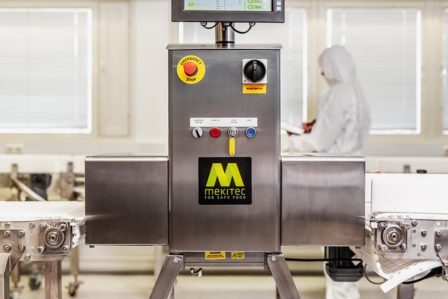

Efficient inspection
The MEKI family of food X-ray inspection systems was designed and developed together with technology experts and food producers. Efficiency, on all levels, is a guiding principle of Mekitec and its product development. Technological progress has enabled the company to manufacture the world’s smallest X-ray inspection system for various food applications.
The MEKI system’s compact size, high detection accuracy, and user-friendliness were also key factors when Liebhart’s decided to choose Mekitec as their longterm partner. “The easy integration of the X-ray system into our line, the user-friendly inspection software, and in particular the high detection accuracy were all reasons for us to start the cooperation with Mekitec”, Mr. Löneke notes, and adds: “Also the modularity and lean construction of the X-ray systems has enabled us to conduct some maintenance on our own, as for example cleaning the conveyors. This has also reduced costs.”
According to Mr. Löneke small and agile inspection systems will face increasing demand in the future: “The current trend is towards smaller and smaller package sizes. Obviously, food producers want to meet the growing demand of small packages, and at the same time make sure, that nothing dangerous enters the hands and mouths of consumers. In this sense, small and accurate X-ray inspection systems are an advantage.”
Ensure System Suitability with Performance Tests
The main goal of X-ray Performance Testing is to provide you a better understanding of what detection rates and performance level to expect from the inspection system. It helps you to make an educated purchasing decision, but that’s not all.
The Application Test Report you’ll receive can also be utilized later when establishing your HACCP-based critical limits and when auditing your Critical Control Points.
Fill in the form and our food safety experts will be in touch with you soon to agree on the further details!
